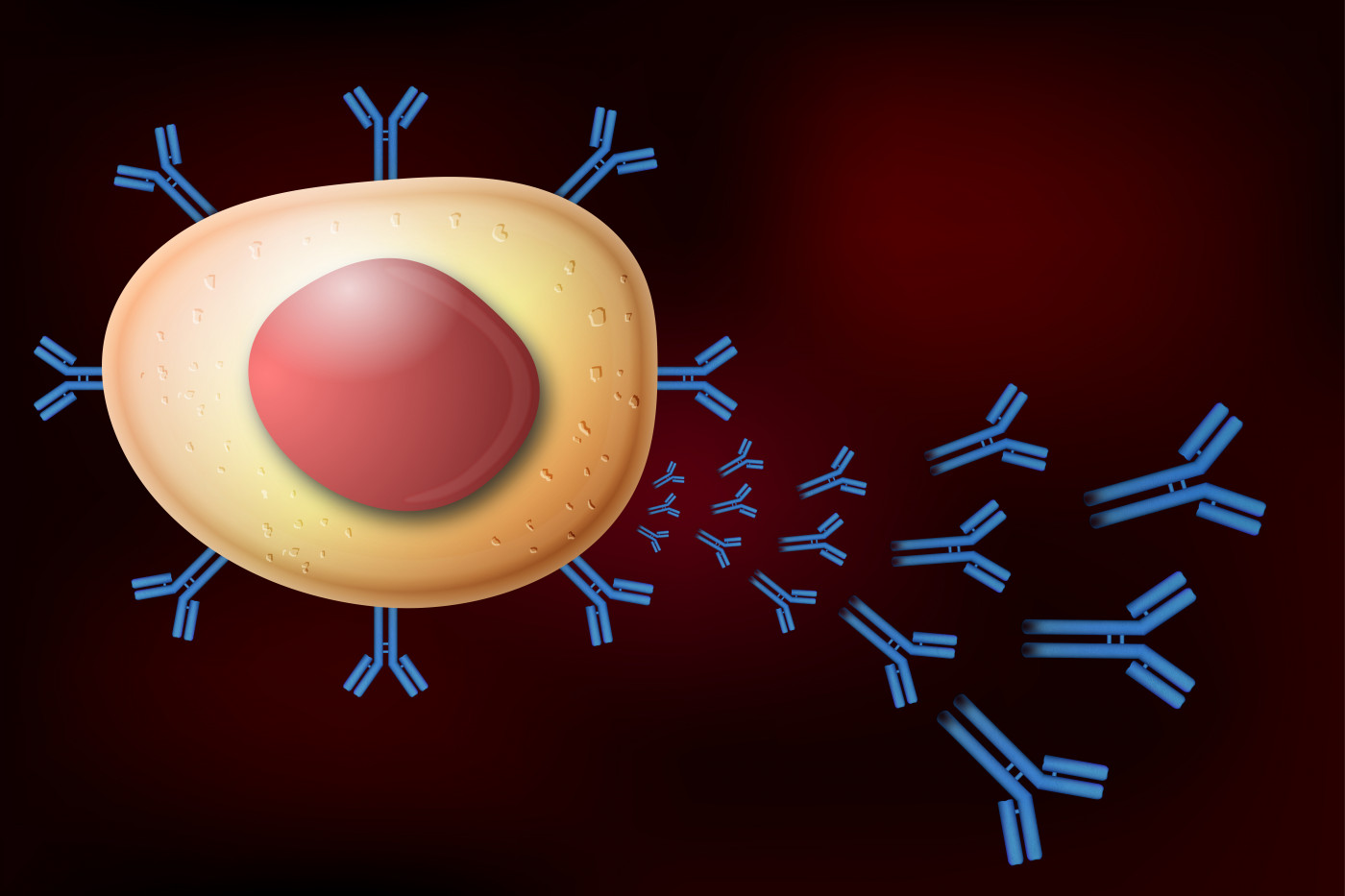Myasthenia Gravis-Related Sleep Issues Eased With Noninvasive Ventilation Therapy, Case Report Says
Written by |

A 54-year-old man with treatment-resistant myasthenia gravis (MG) saw his sleep quality and respiratory symptoms improve after being treated with at-home noninvasive ventilation (NIV) with volume-assured pressure support (VAPS), according to a case study.
He “experienced marked improvement in sleep quality, fatigue, and daytime sleepiness” after treatment, the researchers said, indicating that use of NIV could ease symptoms in time to prevent intubation and invasive mechanical ventilation.
The case report, “Use of Noninvasive Ventilation with Volume-assured Pressure Support for Treatment-refractory Myasthenia Gravis,” was published in the peer-reviewed journal Innovations in Clinical Neuroscience.
Myasthenia gravis is an autoimmune disorder in which the body attacks its own neuromuscular junctions, disrupting the normal communication between nerves and muscles.
This causes weakness and fatigue in both voluntary muscles and the muscles that control breathing (so-called respiratory muscles). Respiratory muscle fatigue, in turn, leads to shallow and painful breathing, poor sleep quality, and general fatigue throughout the day.
Physicians at the University of Maryland School of Medicine said they successfully treated a 54-year-old man who had been diagnosed with double antibody negative MG seven years prior. His diagnosis had been confirmed through treatment with 30 mg of Mestinon three times daily, to which he showed a good clinical response.
Mestinon (pyridostigmine) is a cholinesterase inhibitor that improves muscle contractions and strength by facilitating communication between neurons and muscle cells.
Over the course of two years, the man noticed progressive weakness in his legs and shortness of breath during physical activities (dyspnea upon exertion). His dyspnea occurred despite attempts to treat it with prednisone.
He also complained of chronic fatigue, difficulty swallowing (dysphagia), blurred vision and occasional drooping of the upper eyelid (ptosis).
Because of concern that his symptoms might be a reaction to prednisone, that prescription was discontinued and changed to 1,000 mg of CellCept (mycophenolate mofetil) twice daily during the second year, along with the usual Mestinon dose.
Doctors tried several interventions to manage the man’s symptoms, including IVIg infusions, PLEX therapy, and the use of bilevel positive airway pressure (BPAP) to assist with breathing. In all cases, he reported brief periods of having responded well to each intervention, followed by relapses of symptoms.
At the time of his arrival at the University of Maryland School of Medicine, he had not used the BPAP for several months, due to “face sores, nosebleeds, mask discomfort, and air leaks,” the researchers said.
He described “frequent morning headaches, dry mouth, nightmares, nonrestorative sleep [restless sleep with frequent awakenings], and excessive daytime sleepiness,” according to the case report.
Physicians at the hospital found clear lungs; diminished breath sounds at the lung bases; decreased expansion of the diaphragm; a mild, rapid, shallow breathing pattern; and several other signs of respiratory problems and MG, including atrophy of calves and thighs, weak hip flexors, decreased leg lift, shortened stride length, and slow gait.
The physicians diagnosed the patient with chronic respiratory failure, sleep maintenance insomnia, and ineffective cough related to MG.
Because of the way that he rapidly cycled through his symptoms, nocturnal NIV was started, using Philips Respironics’ BiPAP AVAPS.
The patient reportedly tolerated the full-face mask well, and in fact was unable to sleep without it due to worsening shortness of breath.
The man reported a return to restful sleep, without waking up because of difficulty breathing. He also reported less daytime fatigue and drowsiness.
One month after beginning noninvasive ventilation therapy, data downloaded from the device showed that he used it every day for more than four hours, with a normal respiratory rate (14 breaths per minute) and volume (500mL).
Due to these encouraging findings, all settings were continued.
More studies are needed to conclusively determine if different types of NIV offer distinct benefits in the management of MG, and for patients with treatment-resistant MG in particular, the case study’s authors said.
Still, this case and other studies point to the usefulness of NIV therapy for MG patients, they said.
“Since rest makes the weakness better in MG, when the respiratory muscles start to fatigue, ventilatory support with NIV can reverse the worsening weakness and prevent full respiratory failure and the requirement of intubation and invasive mechanical ventilation,” the physicians wrote.






Leave a comment
Fill in the required fields to post. Your email address will not be published.